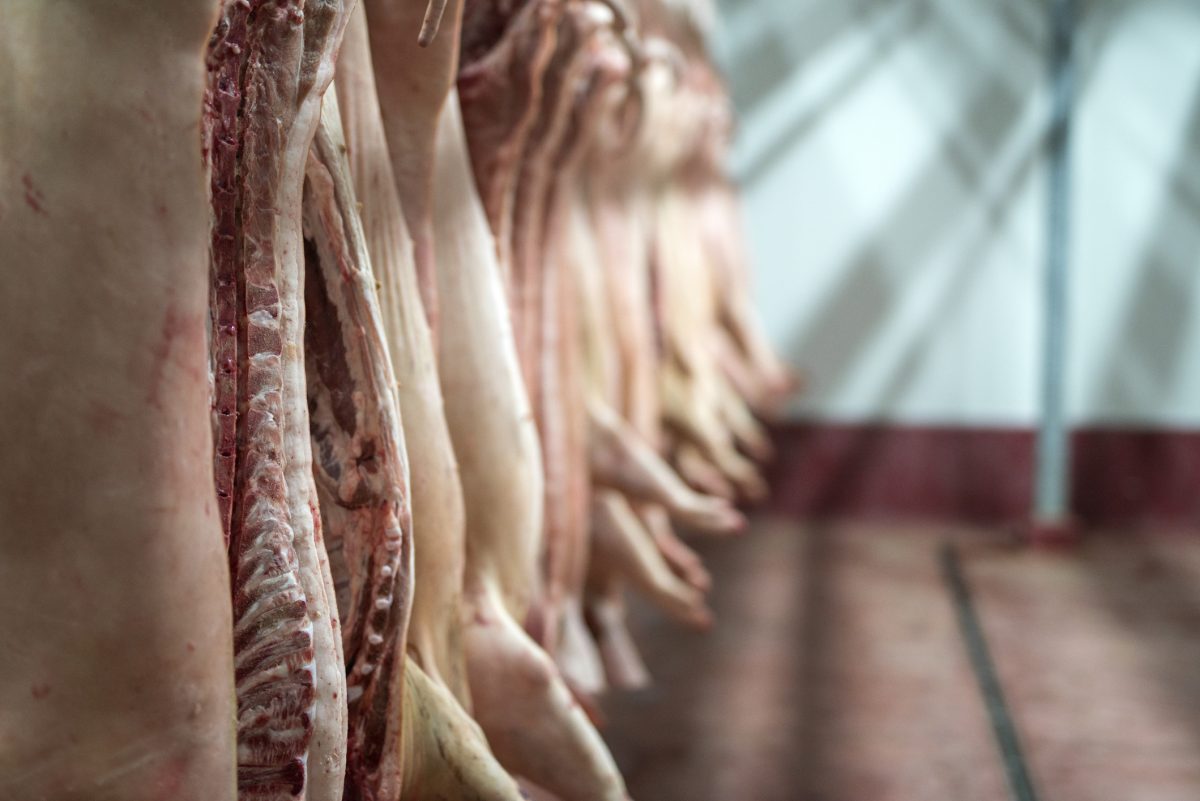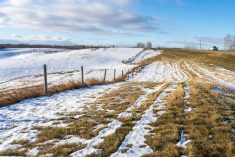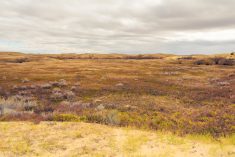CNS Canada –– While speculation continues to swirl over the impact El Nino will have on North America, one weather expert says it’s still a month or two away from taking shape.
“Nino is likely to evolve; until that happens, the warmer and drier bias we normally associate with it won’t be in place,” said Drew Lerner, president and owner of World Weather Inc. in Kansas City.
At this point, most of the computer models being used to predict the weather event suggest El Nino will be “full-blown,” but when it happens is a matter of some debate, he said.
Read Also

U.S. livestock: Hogs rebound, cattle hit upward limits
Chicago hog futures rallied on Monday after a long slide. Cattle futures also jumped with all feeder contracts hitting upward…
“The odds are fairly high that we’ll see it take place sometime in December, January or February,” said Lerner. “It’s probably more likely in January or February.”
For the next five weeks, he said, Canada’s Prairies can expect to see mixed weather patterns with periods of snow and bouts of cold and warm weather.
“We may actually have a wetter bias in some parts of the Prairies (during that) period. As we get into January and February there will be more and more of a bias towards dry and warm conditions, especially in Alberta and western Saskatchewan,” he said.
As for Manitoba and eastern Saskatchewan, Lerner said he expects those regions will feel a slightly cooler bias throughout the winter.
“(They) will be more likely to be influenced by El Nino and part of the arctic oscillation in the 18-year cycle, both of which promote periods of cold surges going through those two areas and going down into the eastern U.S.,” he said.
The Prairies as a whole can expect to be drier than normal, he said.
“If you average the entire winter cold season, it will likely wind up with near to below-normal precipitation,” he said.
— Dave Sims writes for Commodity News Service Canada, a Winnipeg company specializing in grain and commodity market reporting.
















